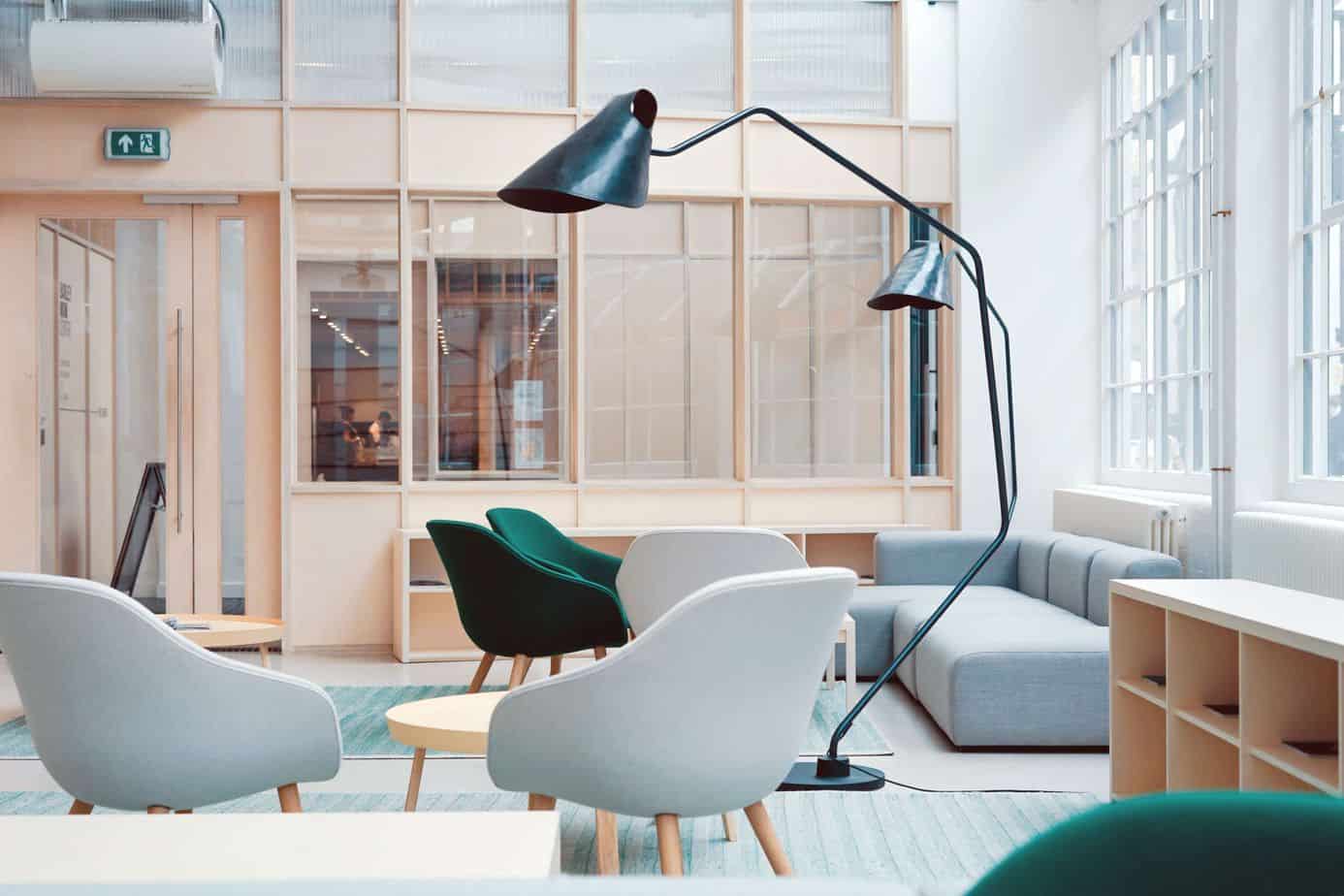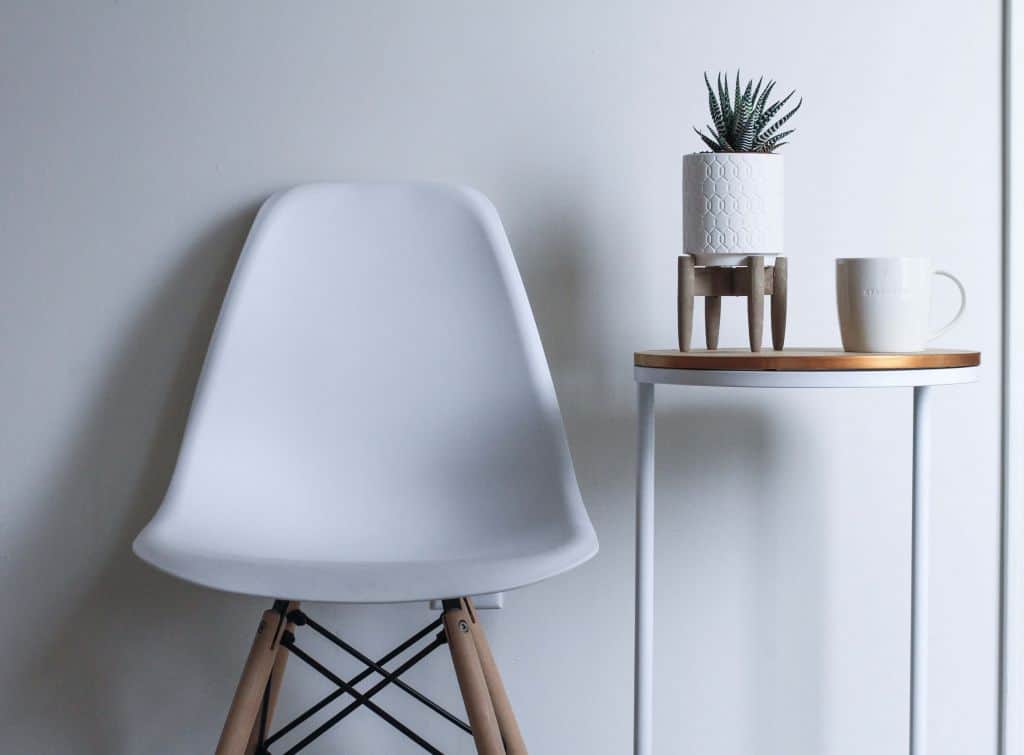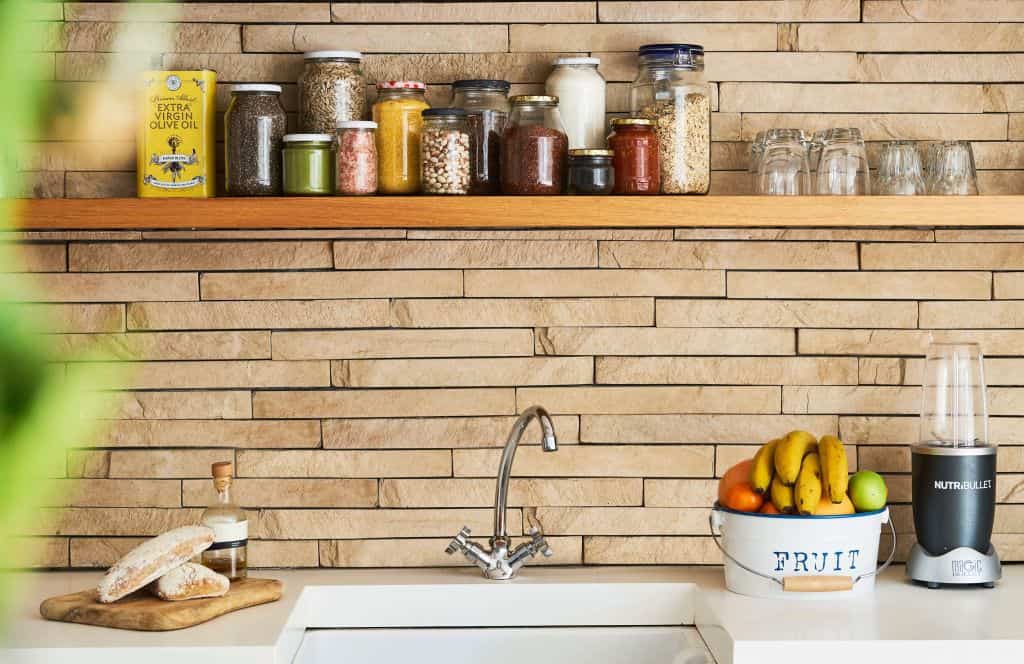
Sponsored article
I’m sure you’ve often felt some sort of emotion when entering specific rooms. In some places you felt comfort and warmth, while in others, like the bathroom, you felt cold (probably all of us have ever entered a cold bathroom in the morning). Did you know that decor affects our psyche?
How does this actually work? For example, if you walk into a home designed to feel comfortable and cozy, you naturally feel comfortable in that space. You feel more relaxed. The design makes you feel safe and it’s an easily distinguishable feeling.
In a more modern home, you have the best possible finishes and the design of the space is thought out from every angle. The items in such a place seem modern and high-end, like the forte chairs, so the place itself seems safe and comfortable.
This is perhaps the most important thing that an interior designer must always keep in mind when designing a space for their clients. A style and design that fits the person is important, but the key is how you feel about the space when you are in it. Some people may prefer a more minimalist style, but visitors may interpret the design as cold and uncomfortable.

The space you are in is really a reflection of who you are and how you feel on a daily basis. When a space reflects your mood, it will affect how you interact with your surroundings.
When a home is designed in a way that makes a person feel relaxed, happy, safe and at home, it will most likely have a positive impact on that person. It will also affect his or her disposition and mood, and this always affects overall life satisfaction as well
The basic thing about interior design is that there is no actual science to it. Every interior designer is an individual. Sure, there is math and organization, but interior design is first and foremost an art.
One’s mental state can be affected by the aesthetic elements of interior design – and thus the mood it creates. Interior designers understand this aspect very well, which is why they create the best spaces for their clients
For example, the light and color palette chosen by an interior designer can change our state of mind. After all, the right combination of colors can induce well-being, vitality, and a sense of comfort and relief. Light colors evoke feelings of openness and brightness, while dark colors evoke calmness and depth.
The physical elements of our living environment can shape our physical and mental states. For example, researchers have linked small spaces to reduced anxiety, and subjects have reported improved mood. But the scientists also note that the same small space was associated with increased food and drink consumption.

Other research suggests that the quality of materials used in the interiors of our homes can affect our mood. Decor can even affect blood glucose levels! Studies show that rooms without adequate storage space are associated with more high sugar foods in people’s kitchens, and therefore higher blood glucose levels. Wall unit style kitchen furniture will provide extra space.People who have less kitchen space are more likely to store sweets and desserts in their cabinets, which often leads to increased blood glucose levels.
Design psychology is one branch of psychology that focuses on how our environment can affect us. It is a very comprehensive field and is more important than you think. This growing discipline studies the effects of spatial, temporal and environmental factors on people.

As mentioned earlier in this article, the physical details of our immediate surroundings affect mood. Some examples of the practice of design psychology include the discovery that colors – blue and red – have a calming effect on us, and symmetrical designs reduce stress.
The effect of design on a particular person is a more complex issue, however, and it’s worth remembering that it’s often not just colors and designs that matter, but other factors as well.
Main article photo: photo by Toa Heftiba, source: unsplash.com